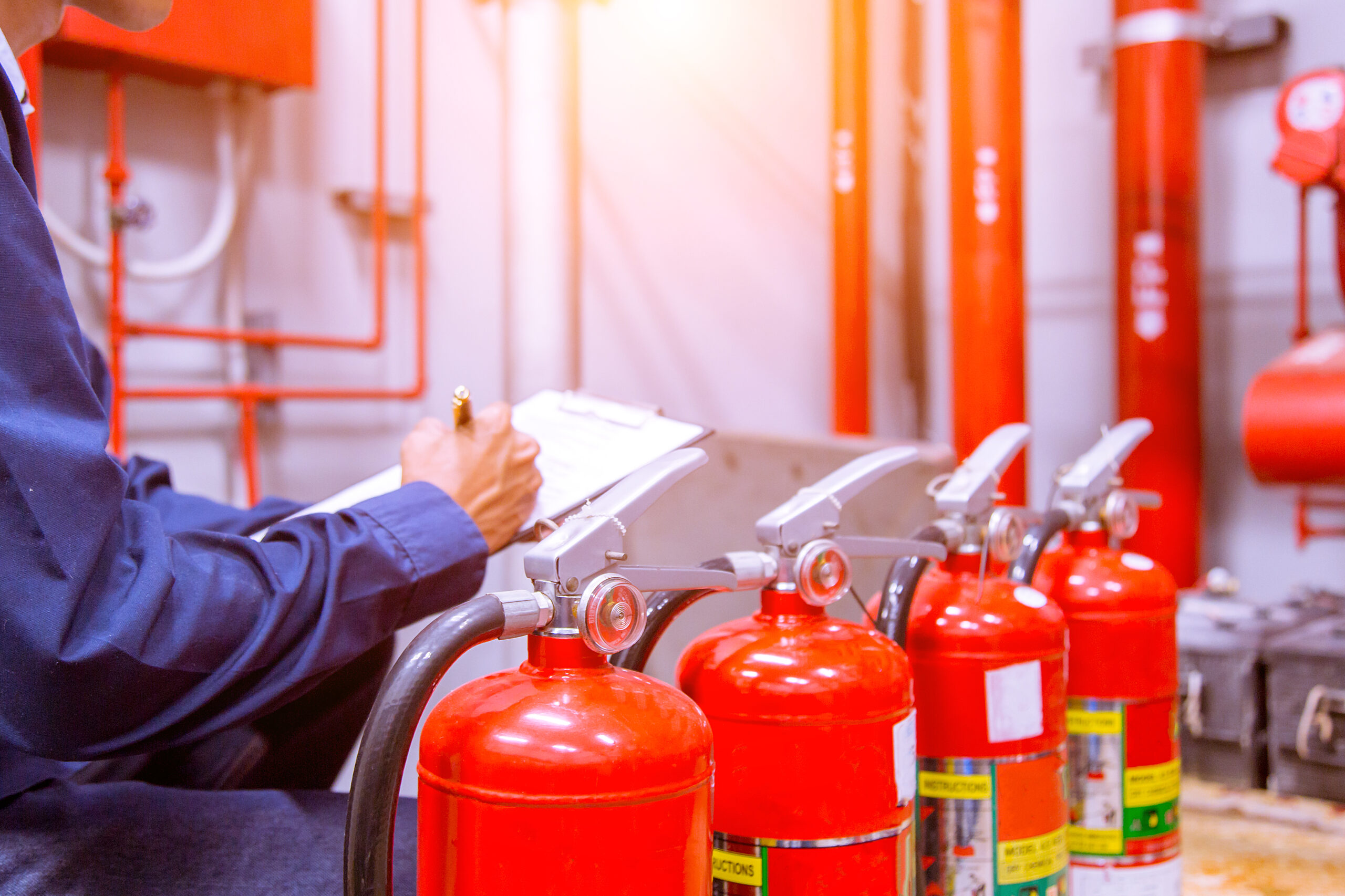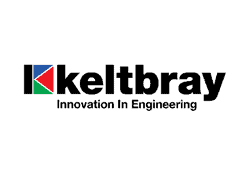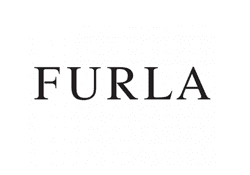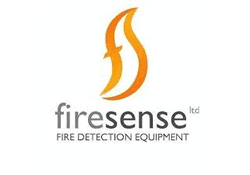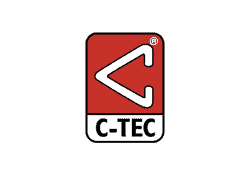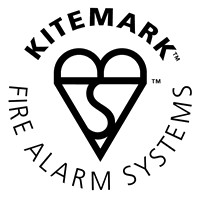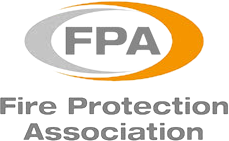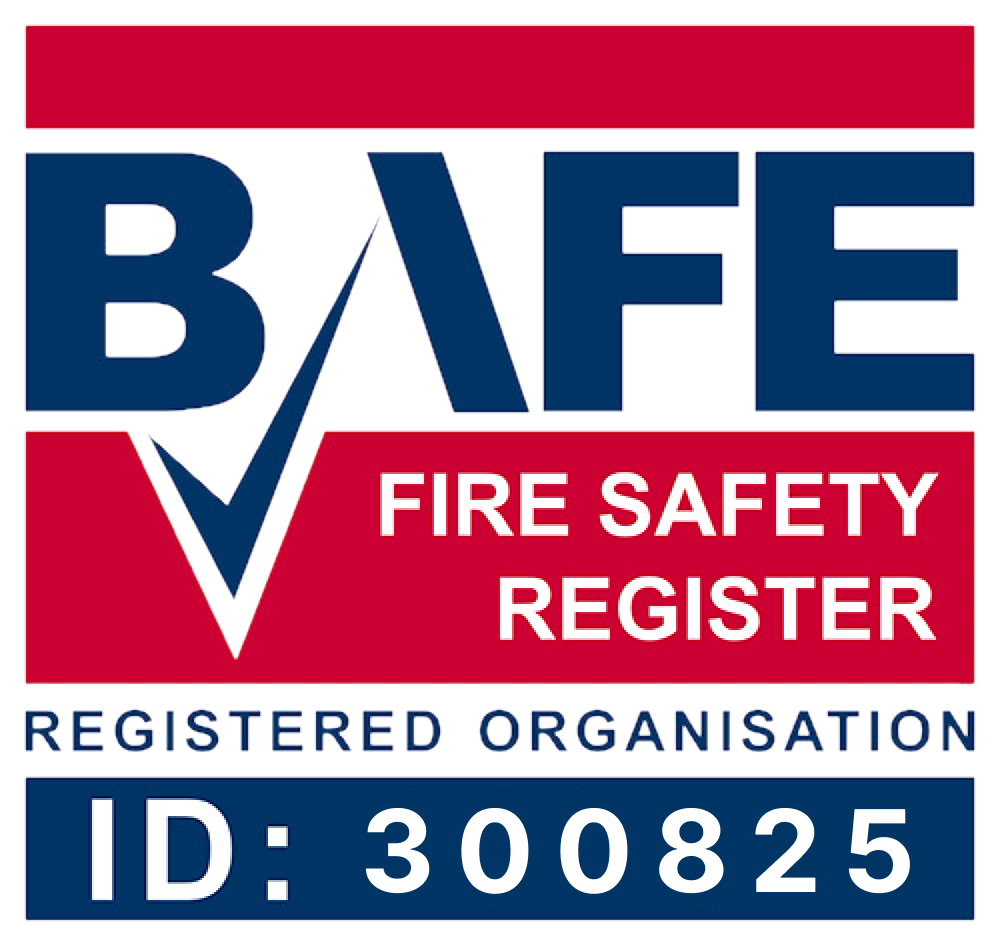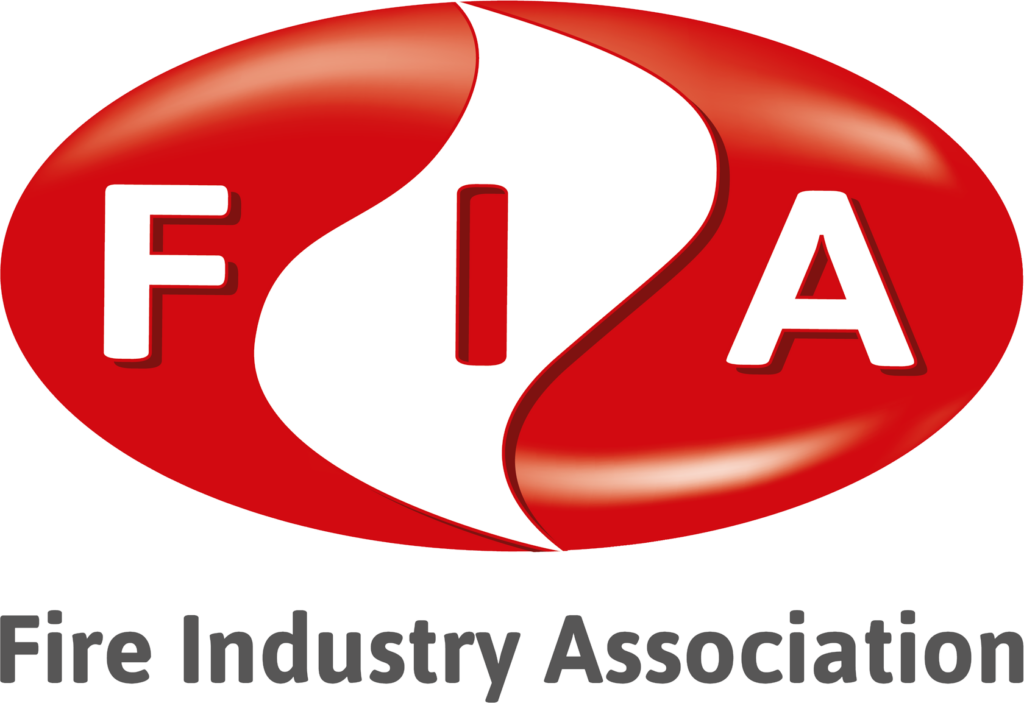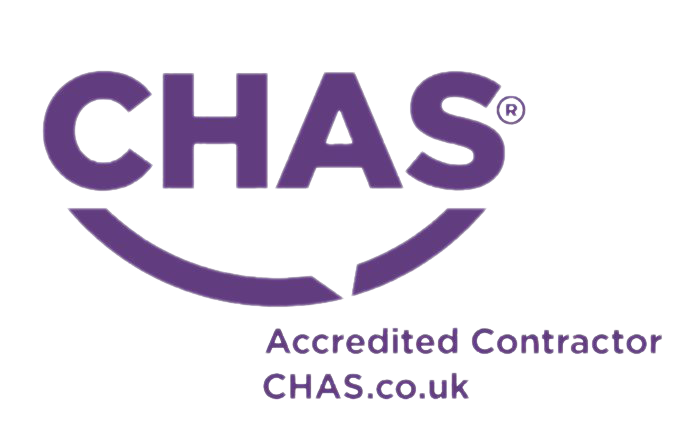[et_pb_section fb_built=”1″ admin_label=”section” _builder_version=”3.22″][et_pb_row admin_label=”row” _builder_version=”3.25″ background_size=”initial” background_position=”top_left” background_repeat=”repeat”][et_pb_column type=”4_4″ _builder_version=”3.25″ custom_padding=”|||” custom_padding__hover=”|||”][et_pb_text admin_label=”Text” _builder_version=”4.4.8″ background_size=”initial” background_position=”top_left” background_repeat=”repeat” hover_enabled=”0″]There are several different fire safety standards for furniture in Europe. Some standards lead to the use of flame retardant chemicals. Scientific research shows that many flame retardants are hazardous to both human health and the environment, without providing a demonstrated fire safety benefit.
 A wide alliance of stakeholders ranging from environmental NGOs to industry, cancer organisations, fire fighters and labour unions are coming forth to raise awareness about the risks and concerns of using hazardous flame retardants in furniture.
Furniture flammability standards that lead to the use of flame retardants bring harmful and potentially harmful chemicals into homes, schools, hospitals and workplaces. Such requirements threaten human health, the global environment, and the recycling of furniture in the circular economy.
“Creating a real circular economy will be impossible for as long as toxic chemicals enter the cycle and are recycled into new products. We have already seen kitchen utensils and plastic cutlery with hazardous flame retardants. Toxics in, toxics out.” Joan Marc Simon, Executive Director, Zero Waste Europe
There are more effective and less harmful ways to achieve fire safety, without potentially putting the whole population and the environment at risk. The use of smoke detectors is one way of increasing escape time as the fire is detected earlier, without the potential harm from exposure to chemicals.
“Fire fighters have a higher risk than civilians for a variety of cancers, and we know there is a concern flame retardants contribute to increasing that risk. Fire safety can be achieved in other means than using potentially harmful chemicals: smoke detectors and sprinklers are amongst the most effective.” Mikael Svanberg, European Fire Fighter Unions Alliance (EFFUA).
Flame retardant chemicals leak out of products and build up in the environment. They create a toxic legacy that does not disappear over time, but stays in the air, soil and sediments of the oceans – eventually ending up in the food we eat.
“If we can increase fire safety without causing serious harm to humans and nature, we should go for it! In the US, California and Washington states have already scrapped flammability standards which filled household furniture with hazardous chemicals. Europe should follow suit and end this madness immediately.” Tatiana Santos, Senior Policy Officer on Chemicals, European Environmental Bureau (EEB).
The different flammability standards throughout Europe are complicated to comply with and place a costly burden on the producers. Flame retardants increase costs in production, while lowering the quality of products. This is a serious challenge to the furniture sector in Europe, putting jobs and growth at risk.
“As a producer, having to comply with several standards to be able to sell our products on the European market is unbearable. The existing multitude of National Flammability standards are effective barriers to trade in the internal market.” Markus Wiesner, President, European Furniture Industries Confederation (EFIC)
Important steps to eliminate hazardous flame retardants have already been taken through REACH and other regulatory approaches in the EU. It is time for the final step through harmonised safety requirements for furniture that do not lead to the use of flame retardant chemicals.
A wide alliance of stakeholders ranging from environmental NGOs to industry, cancer organisations, fire fighters and labour unions are coming forth to raise awareness about the risks and concerns of using hazardous flame retardants in furniture.
Furniture flammability standards that lead to the use of flame retardants bring harmful and potentially harmful chemicals into homes, schools, hospitals and workplaces. Such requirements threaten human health, the global environment, and the recycling of furniture in the circular economy.
“Creating a real circular economy will be impossible for as long as toxic chemicals enter the cycle and are recycled into new products. We have already seen kitchen utensils and plastic cutlery with hazardous flame retardants. Toxics in, toxics out.” Joan Marc Simon, Executive Director, Zero Waste Europe
There are more effective and less harmful ways to achieve fire safety, without potentially putting the whole population and the environment at risk. The use of smoke detectors is one way of increasing escape time as the fire is detected earlier, without the potential harm from exposure to chemicals.
“Fire fighters have a higher risk than civilians for a variety of cancers, and we know there is a concern flame retardants contribute to increasing that risk. Fire safety can be achieved in other means than using potentially harmful chemicals: smoke detectors and sprinklers are amongst the most effective.” Mikael Svanberg, European Fire Fighter Unions Alliance (EFFUA).
Flame retardant chemicals leak out of products and build up in the environment. They create a toxic legacy that does not disappear over time, but stays in the air, soil and sediments of the oceans – eventually ending up in the food we eat.
“If we can increase fire safety without causing serious harm to humans and nature, we should go for it! In the US, California and Washington states have already scrapped flammability standards which filled household furniture with hazardous chemicals. Europe should follow suit and end this madness immediately.” Tatiana Santos, Senior Policy Officer on Chemicals, European Environmental Bureau (EEB).
The different flammability standards throughout Europe are complicated to comply with and place a costly burden on the producers. Flame retardants increase costs in production, while lowering the quality of products. This is a serious challenge to the furniture sector in Europe, putting jobs and growth at risk.
“As a producer, having to comply with several standards to be able to sell our products on the European market is unbearable. The existing multitude of National Flammability standards are effective barriers to trade in the internal market.” Markus Wiesner, President, European Furniture Industries Confederation (EFIC)
Important steps to eliminate hazardous flame retardants have already been taken through REACH and other regulatory approaches in the EU. It is time for the final step through harmonised safety requirements for furniture that do not lead to the use of flame retardant chemicals.
 A wide alliance of stakeholders ranging from environmental NGOs to industry, cancer organisations, fire fighters and labour unions are coming forth to raise awareness about the risks and concerns of using hazardous flame retardants in furniture.
Furniture flammability standards that lead to the use of flame retardants bring harmful and potentially harmful chemicals into homes, schools, hospitals and workplaces. Such requirements threaten human health, the global environment, and the recycling of furniture in the circular economy.
“Creating a real circular economy will be impossible for as long as toxic chemicals enter the cycle and are recycled into new products. We have already seen kitchen utensils and plastic cutlery with hazardous flame retardants. Toxics in, toxics out.” Joan Marc Simon, Executive Director, Zero Waste Europe
There are more effective and less harmful ways to achieve fire safety, without potentially putting the whole population and the environment at risk. The use of smoke detectors is one way of increasing escape time as the fire is detected earlier, without the potential harm from exposure to chemicals.
“Fire fighters have a higher risk than civilians for a variety of cancers, and we know there is a concern flame retardants contribute to increasing that risk. Fire safety can be achieved in other means than using potentially harmful chemicals: smoke detectors and sprinklers are amongst the most effective.” Mikael Svanberg, European Fire Fighter Unions Alliance (EFFUA).
Flame retardant chemicals leak out of products and build up in the environment. They create a toxic legacy that does not disappear over time, but stays in the air, soil and sediments of the oceans – eventually ending up in the food we eat.
“If we can increase fire safety without causing serious harm to humans and nature, we should go for it! In the US, California and Washington states have already scrapped flammability standards which filled household furniture with hazardous chemicals. Europe should follow suit and end this madness immediately.” Tatiana Santos, Senior Policy Officer on Chemicals, European Environmental Bureau (EEB).
The different flammability standards throughout Europe are complicated to comply with and place a costly burden on the producers. Flame retardants increase costs in production, while lowering the quality of products. This is a serious challenge to the furniture sector in Europe, putting jobs and growth at risk.
“As a producer, having to comply with several standards to be able to sell our products on the European market is unbearable. The existing multitude of National Flammability standards are effective barriers to trade in the internal market.” Markus Wiesner, President, European Furniture Industries Confederation (EFIC)
Important steps to eliminate hazardous flame retardants have already been taken through REACH and other regulatory approaches in the EU. It is time for the final step through harmonised safety requirements for furniture that do not lead to the use of flame retardant chemicals.
A wide alliance of stakeholders ranging from environmental NGOs to industry, cancer organisations, fire fighters and labour unions are coming forth to raise awareness about the risks and concerns of using hazardous flame retardants in furniture.
Furniture flammability standards that lead to the use of flame retardants bring harmful and potentially harmful chemicals into homes, schools, hospitals and workplaces. Such requirements threaten human health, the global environment, and the recycling of furniture in the circular economy.
“Creating a real circular economy will be impossible for as long as toxic chemicals enter the cycle and are recycled into new products. We have already seen kitchen utensils and plastic cutlery with hazardous flame retardants. Toxics in, toxics out.” Joan Marc Simon, Executive Director, Zero Waste Europe
There are more effective and less harmful ways to achieve fire safety, without potentially putting the whole population and the environment at risk. The use of smoke detectors is one way of increasing escape time as the fire is detected earlier, without the potential harm from exposure to chemicals.
“Fire fighters have a higher risk than civilians for a variety of cancers, and we know there is a concern flame retardants contribute to increasing that risk. Fire safety can be achieved in other means than using potentially harmful chemicals: smoke detectors and sprinklers are amongst the most effective.” Mikael Svanberg, European Fire Fighter Unions Alliance (EFFUA).
Flame retardant chemicals leak out of products and build up in the environment. They create a toxic legacy that does not disappear over time, but stays in the air, soil and sediments of the oceans – eventually ending up in the food we eat.
“If we can increase fire safety without causing serious harm to humans and nature, we should go for it! In the US, California and Washington states have already scrapped flammability standards which filled household furniture with hazardous chemicals. Europe should follow suit and end this madness immediately.” Tatiana Santos, Senior Policy Officer on Chemicals, European Environmental Bureau (EEB).
The different flammability standards throughout Europe are complicated to comply with and place a costly burden on the producers. Flame retardants increase costs in production, while lowering the quality of products. This is a serious challenge to the furniture sector in Europe, putting jobs and growth at risk.
“As a producer, having to comply with several standards to be able to sell our products on the European market is unbearable. The existing multitude of National Flammability standards are effective barriers to trade in the internal market.” Markus Wiesner, President, European Furniture Industries Confederation (EFIC)
Important steps to eliminate hazardous flame retardants have already been taken through REACH and other regulatory approaches in the EU. It is time for the final step through harmonised safety requirements for furniture that do not lead to the use of flame retardant chemicals.


